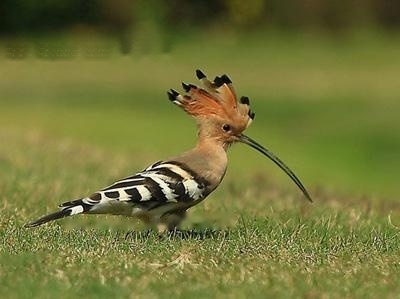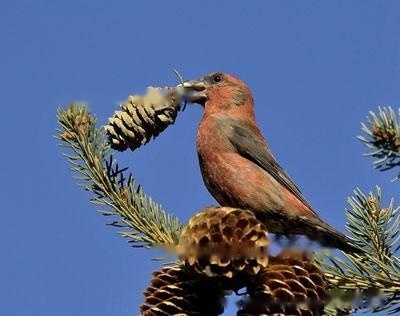The black-eyed bird has a strong digestive ability, and the digestion process is rapid. It can be digested and excreted. Therefore feed and drinking water must not be interrupted. In addition, although Xiuyan is an insectivorous bird, it has a special hobby for honey and fruit, and it needs to be added in time.
Powder feeding
The staple food for caged white-eyed birds in China (Japan also uses egg yolk and millet to feed black-eyed) is cooked powder, Such as mung bean flour, soy flour mixed with egg yolk powder. The ratio of soy flour to egg yolk is generally 7:3. But it can be adjusted according to the different growth and development stages of the birds. For example, during the moulting period, the egg yolk ratio can be appropriately reduced to 5:2 or 3:1. And when new feathers start to grow, increase the yolk ratio to 2:1 or 3:2. Promotes feather growth. Feeding powder should also be supplemented with a certain amount of non-staple food, such as adding insects (such as mealworms, skin worms, crickets, grasshoppers) and other animal protein feeds (fork on bamboo sticks) that account for about 10% of the total feed intake every day. feeding) to meet the growth and development needs of white-eyed birds.
*Note: Feeding insects must be healthy, never use insects that have "eaten plants with pesticide residues" to prevent food poisoning of birds. In addition, it is best to cook the worms before feeding them (if you feed them raw, the liquid in the worms will flow to the lower part of the cage, and the birds will go down and peck. You can pick white worms and feed them directly, do not feed too much , twice a day, 1-2 at a time is enough.
This kind of feed is essential for any bird. ) can be used to feed embroidered eyes. Feeding should be kept fresh, usually fork it on a bamboo stick, and let the birds peck it.
Note: Do not feed more watermelons in summer (Xiaoyan) . After pecking the watermelon, the excrement is red and thin, it flows to the edge of the cage, seeps into the bamboo, and cannot be washed off after washing), you can replace it with cucumber (cucumber is nutritious and will not have diarrhea). Don’t bake too many sweet potatoes in autumn Hey, eat more Dora. Apples and water chestnuts are Xieye's favorite food.
Feeding of honey
Honey can clear away heat and detoxify It has the functions of moistening the lungs and ventilating, and it is also an indispensable source of nutrition in the breeding of black-eyed birds. However, the honey bought on the market is too viscous, so it should be diluted with 20% to 30% of water before feeding the black-eyed bird.
*Note: The amount of honey should be appropriate, and it should not be used as a substitute for food. The daily feeding amount should be no more than 1 gram per bird.




